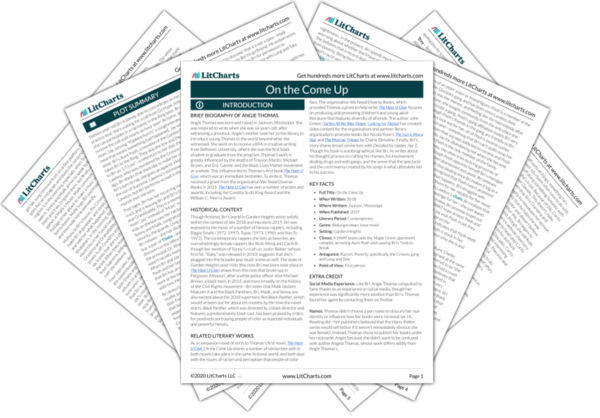As far as Bri is concerned, "Swagerific" represents how low the bar is for making it big in the hip-hop world—remember her saying that it's not a good song, it's just catchy. Though she's not there yet, this does suggest that there's more to being successful as an artist than just crafting good music—which Bri can do. Instead, "Swagerific" is likely the product of someone with power and influence pulling strings.
